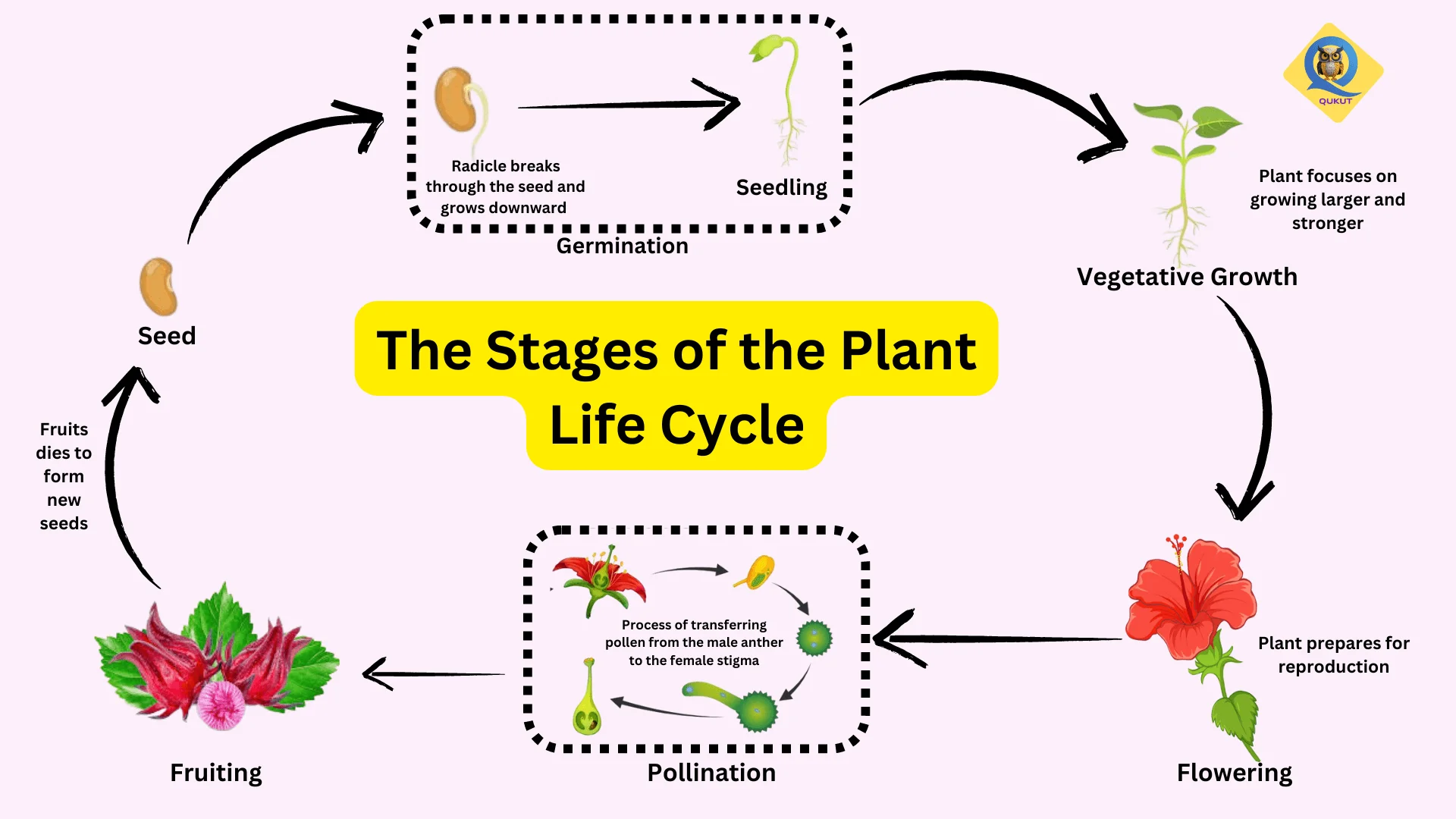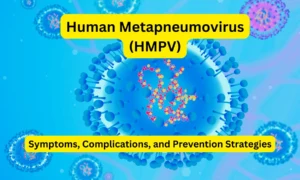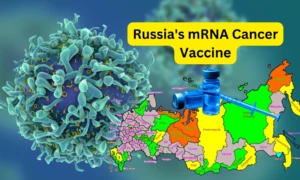Plants are essential to life on Earth, providing oxygen, food, and countless other benefits. Understanding their life cycle not only reveals the complexity and beauty of nature but also helps gardeners, farmers, and students appreciate how plants grow and reproduce. This blog post will delve into the stages of the plant life cycle, providing a comprehensive look at each phase, from seed to maturity and beyond.
Introduction to the Plant Life Cycle
The plant life cycle encompasses the journey of a plant from seed to seed. It is a continuous process where a seed grows into a mature plant, which then produces new seeds. This cycle varies in length and complexity depending on the species. For example, annuals complete their life cycle in one year, biennials in two, and perennials can live for many years.
Understanding the life cycle stages is crucial for anyone involved in agriculture, botany, or horticulture, as it influences how plants are cultivated, harvested, and utilized.
Stage 1: Seed
Seeds are the starting point of a plant’s life. They contain the genetic material necessary for the development of a new plant, encased in a protective outer shell. Inside, a seed has three main components:
- Embryo: The young plant in its earliest form.
- Endosperm: A nutrient-rich tissue that provides food for the embryo.
- Seed Coat: The outer layer that protects the seed from environmental damage and disease.
Seeds can remain dormant for extended periods, waiting for the right conditions—typically moisture, warmth, and oxygen—to begin the process of germination.
Stage 2: Germination
Germination marks the beginning of a seed’s transformation into a plant. This process is triggered when a seed absorbs water, causing it to swell and break open its coat. Germination occurs in several steps:
- Imbibition: The seed absorbs water and swells.
- Enzyme Activation: Enzymes are activated to break down stored nutrients in the endosperm.
- Radicle Emergence: The root (radicle) breaks through the seed coat and begins to grow downward into the soil.
- Shoot Emergence: The shoot (plumule) grows upward toward the light.
Successful germination requires specific environmental conditions such as temperature, light, and moisture.
Stage 3: Seedling
During the seedling stage, the plant develops its first true leaves and begins photosynthesis. This is a critical period in a plant’s life cycle as it transitions from relying on stored nutrients to producing its own food.
- Development of True Leaves: After the seed leaves (cotyledons), true leaves develop, which are usually more complex in structure.
- Root Growth: The root system expands to anchor the plant and absorb water and nutrients.
- Stem Elongation: The stem grows taller, positioning the leaves to capture sunlight efficiently.
Seedlings are delicate and vulnerable to pests, diseases, and environmental stress. For a plant to develop healthily, this stage requires proper care.

Stage 4: Vegetative Growth
In the vegetative growth stage, the plant focuses on growing larger and stronger. This phase is characterized by:
- Rapid Leaf Development: More leaves are produced to maximize photosynthesis.
- Branching: The plant develops branches to support additional leaves and future flowers.
- Root Expansion: The root system grows deeper and wider to access more nutrients and water.
This stage is vital for building the plant’s structure and energy reserves, which will be crucial for the later reproductive stages.
Stage 5: Flowering
Flowering is the stage where the plant prepares for reproduction. Flowers are the reproductive organs of most plants, and their development is triggered by environmental cues such as day length and temperature.
- Bud Formation: Flower buds develop on the plant.
- Pollinator Attraction: Flowers often produce colors, scents, and nectar to attract pollinators like bees, butterflies, and birds.
- Reproductive Structures: Flowers contain male (stamen) and female (pistil) reproductive parts. In some plants, flowers may be unisexual, meaning they have either male or female parts.
Successful flowering is essential for the production of seeds and fruit in many plants.
Stage 6: Pollination
Pollination is the process of transferring pollen from the male anther to the female stigma, which can occur via wind, water, or animals. Two primary methods of pollination are:
- Self-Pollination: The same plant supplies both pollen and stigma.
- Cross-Pollination: Pollen is transferred between different plants, which increases genetic diversity.
After successful pollination, fertilization occurs, leading to seed and fruit development.
Stage 7: Fruiting
Fruiting involves the growth and maturation of seeds and the surrounding fruit tissue. Fruits protect the developing seeds and often help in their dispersal.
- Seed Development: The fertilized ovules develop into seeds.
- Fruit Growth: The surrounding tissue (ovary) enlarges and matures into fruit.
- Dispersal Mechanisms: Fruits may be designed to attract animals, float on water, or be carried by wind to disperse seeds away from the parent plant.
The characteristics of the fruit depend on the plant species and its ecological role in seed dispersal.
Stage 8: Senescence and Death
The final stage in the plant life cycle is senescence, a process similar to aging in animals. During this phase:
- Nutrient Reallocation: Nutrients are often moved from leaves to seeds or storage tissues.
- Leaf Shedding: Leaves may turn yellow and fall as the plant reduces its energy expenditure.
- Death: The plant may die after reproducing, especially in annuals, or continue living for many years as a perennial.
Senescence ensures that nutrients are recycled back into the ecosystem, supporting the next generation of plant life.
Conclusion
The plant life cycle is a complex and fascinating process that encompasses multiple stages, each vital for the survival and reproduction of the species. From a tiny seed to a towering tree, each phase plays a role in the continuity of plant life. Understanding these stages not only deepens our appreciation for nature but also guides us in effective cultivation and conservation practices.
Whether you are a gardener, a student, or simply a nature enthusiast, knowing the stages of the plant life cycle can enrich your experience and connection with the natural world.





1 Comment